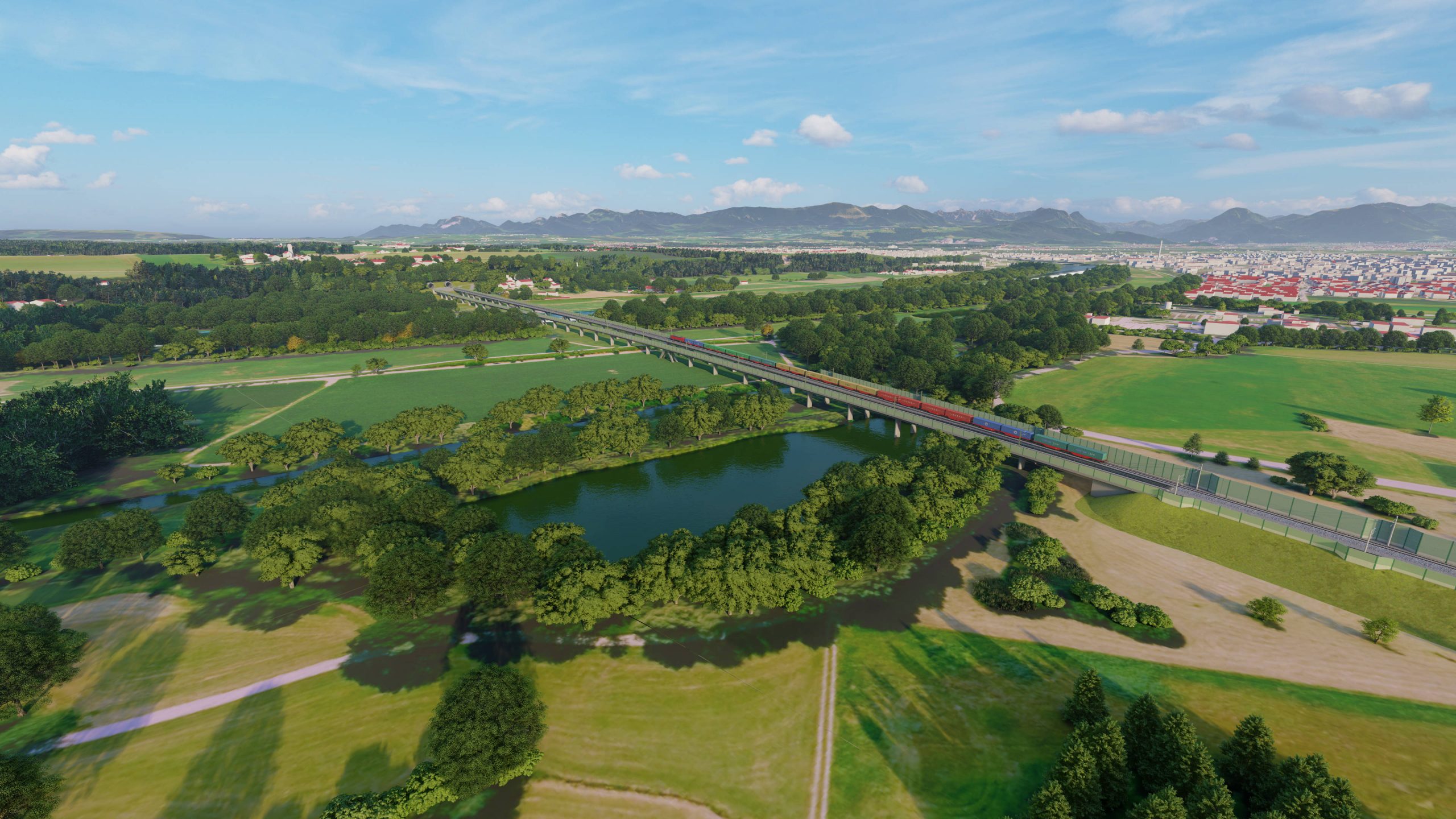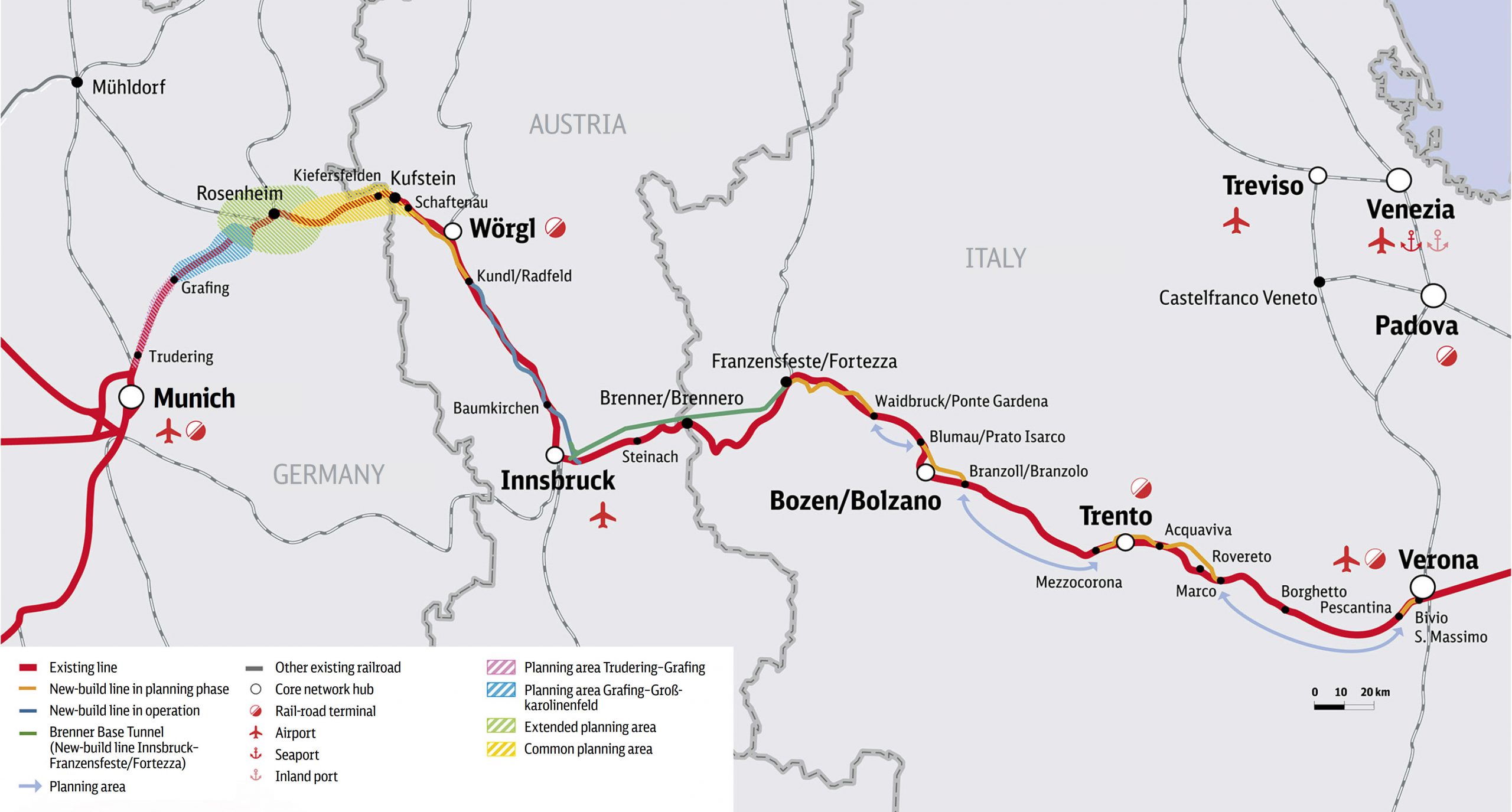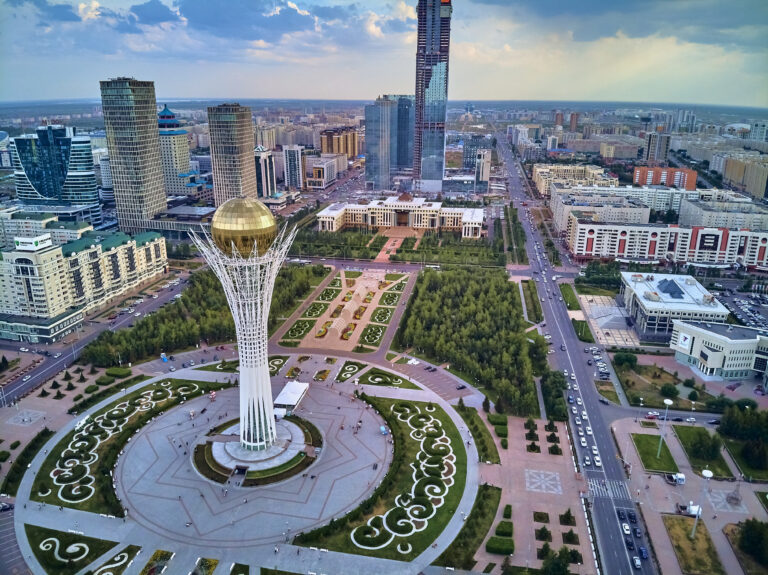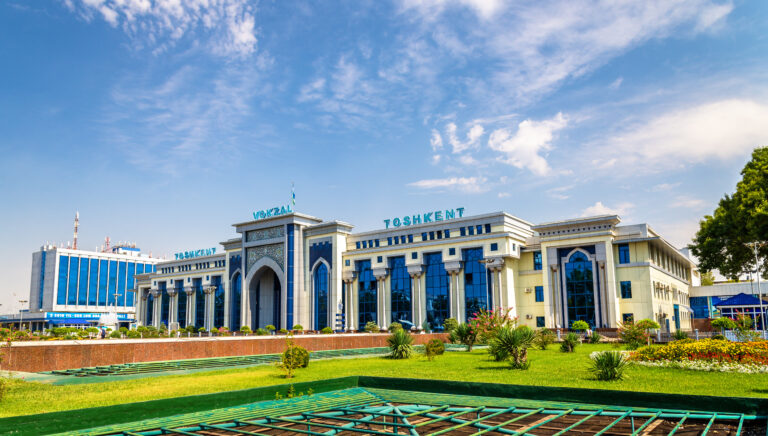DB Engineering & Consulting (DB E&C) awarded the contract for new-build line between Ostermünchen and Innleiten in the major northern access to Brenner project.

The Brenner Base Tunnel will bring huge changes to freight transport in the Alpine region. At the same time, local passenger transport in the region will be strengthened. This shift of traffic from road to rail will enable climate goals to be achieved.
DB E&C was part of a bidding consortium awarded the contract for the construction of the new train path for the northern access to the Brenner between Ostermünchen and Innleiten. The contract covers project design and supporting structure design in the technical disciplines transport facilities and structural engineering.
The project in an international context
The upgrade of the Brenner railroad axis between Munich and Verona is of central importance to the decarbonization of transport in transalpine freight transport. A strong increase in rail freight transport is expected as a result of the opening of the Brenner Base Tunnel. What this means becomes clear when you look at Austria’s highways. Kilometers of traffic jams are the usual picture. 2.8 million truck transits rolled over the Brenner Highway in 2019. Driving one behind the other, that is a line that stretches more than once around the equator! And traffic is constantly growing!

A four-track upgrade from Munich to Verona has been agreed between international partners. The line speed is to be 230 km/h. The elimination of major ascending gradients is of major significance to rail freight transport because it then becomes more economical and thus more competitive compared to road transport: the “flat rail link” promises longer trains that can run with only one locomotive instead of up to three. Upgrading the Brenner axis is one of the European Union’s top 3 projects.
Northern access to the Brenner
The northern access to the Brenner runs between Munich and Innsbruck. The project spans the German-Austrian border. A modern rail line is being built section by section starting at the portal of the Brenner Base Tunnel. Depending on the national territory involves, either DB or ÖBB is responsible for planning. In Austria, the new Unterinntalbahn (Lower Inn Valley Railroad) between Baumkirchen and Radfeld has enabled more rail transport since 2012.
In Germany, the Ministry of Transport and Digital Infrastructure commissioned DB to design a new line. Two new tracks will be constructed between Grafing and Kiefersfelden to secure capacity on the northern access line for a long time into the future. A further planning area, Munich-Trudering–Grafing (increasing the number of signal blocks), will follow.
What is special about the project is that, more than in any other project before, the project owner is conducting an intensive dialog with people in the region to find the best route for the new line. Over 200 representatives of towns and cities, communities and interest groups have been involved in the route selection process since 2015. Since April 2021, the route has been set for the new rail line to the Brenner Pass in the Inn Valley and the area around Rosenheim. Between Ostermünchen and Schaftenau in Tyrol, the “purple variant” promises the best performance out of five possible routes. The selected route is the best in terms of environmental protection. 60% of the 54-kilometer train path is underground. As a result, it takes up less land, minimizes the impact on animals, plants and biodiversity, and thus conserves the environment.
Completion of the northern access to the Brenner is expected in about 20 years. A project for future generations. And DB E&C is on board!
Contact
DB Engineering & Consulting
EUREF-Campus 14
10829 Berlin
Germany





